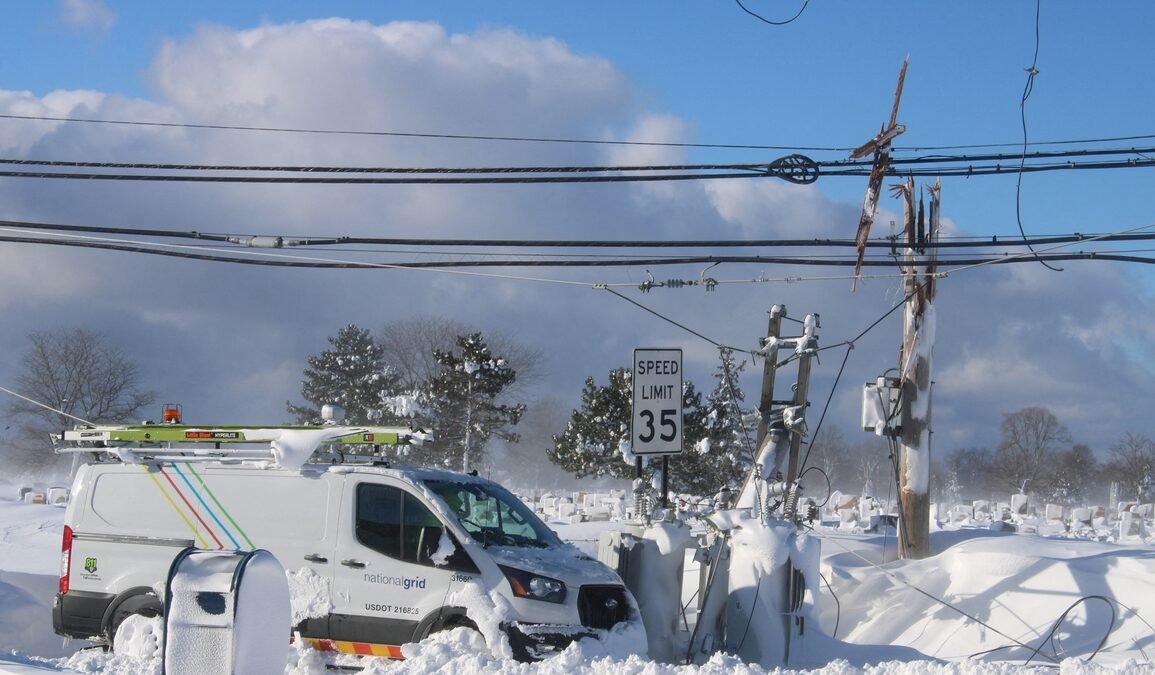Revamping America’s Power Transmission: PJM’s Struggle And Solution
Something monumental is occurring at the heart of America’s power supply network. PJM, America’s largest grid operator, finds itself under scrutiny due to an obsolete transmission planning process. Serving an extensive body of 65 million individuals spanning across 13 states, including the District of Columbia, PJM is compelled to consider modernization, given the intense decarbonization targets enforced by states such as Illinois, Michigan, Delaware, Maryland, Virginia, and New Jersey. This information comes from our sources closely tracking the developments.
Discontent Over PJM’s Existing System
Detractors suggest that PJM’s previous planning strategies lacked long-term vision and were overly segmented, neglecting a holistic integration of economic, reliability, and state policy requirements. The current practice, they argue, is retroactive, habitually favouring conventional transmission resolutions without exploring alternatives such as energy storage or potential renewable energy resources.
An incident in Maryland recently sparked a heated debate exposing the flaws in PJM’s planning techniques. The cessation of the Brandon Shores coal plant resulted in authorized transmission projects projected to cost Maryland consumers around $786 million. This hefty cost was accompanied by an expensive contract to maintain the plant’s operation until the projects’ completion. Critics infer that PJM could have preemptively planned for the plant’s retirement and alternatively sought other solutions that might have been more cost-effective and in harmony with state policy ambitions.
Transformations Suggested By PJM
PJM is putting forth changes that comprise a hierarchical approach to planning, with scenarios that consider improving reliability to embracing new renewable energy. But the question of who should shoulder the costs of necessary upgrades for different states’ policy goals continues to cause potential conflict.
The planning process of PJM often finds itself juxtaposed with the Midcontinent Independent System Operator (MISO). MISO has received extensive commendation for its foresight in planning and cost allocation strategies that sympathetically consider both utility and state resource plans.
The Evolution of Power Transmission Planning
Despite the criticism, there is a cautious optimism in some quarters that changes proposed by PJM will push for a positive change. Anjali Patel, an eminent figure from Americans for a Clean Energy Grid, opines that the inclusion of state policies into the planning process connotes an encouraging leap forward. In an industry prominently defined by an intricate blend of components, the decisions taken now will carry significant implications for the future of energy in the United States, according to our sources.














